5 Animals You'd Be Surprised Are Actually Cold-Blooded
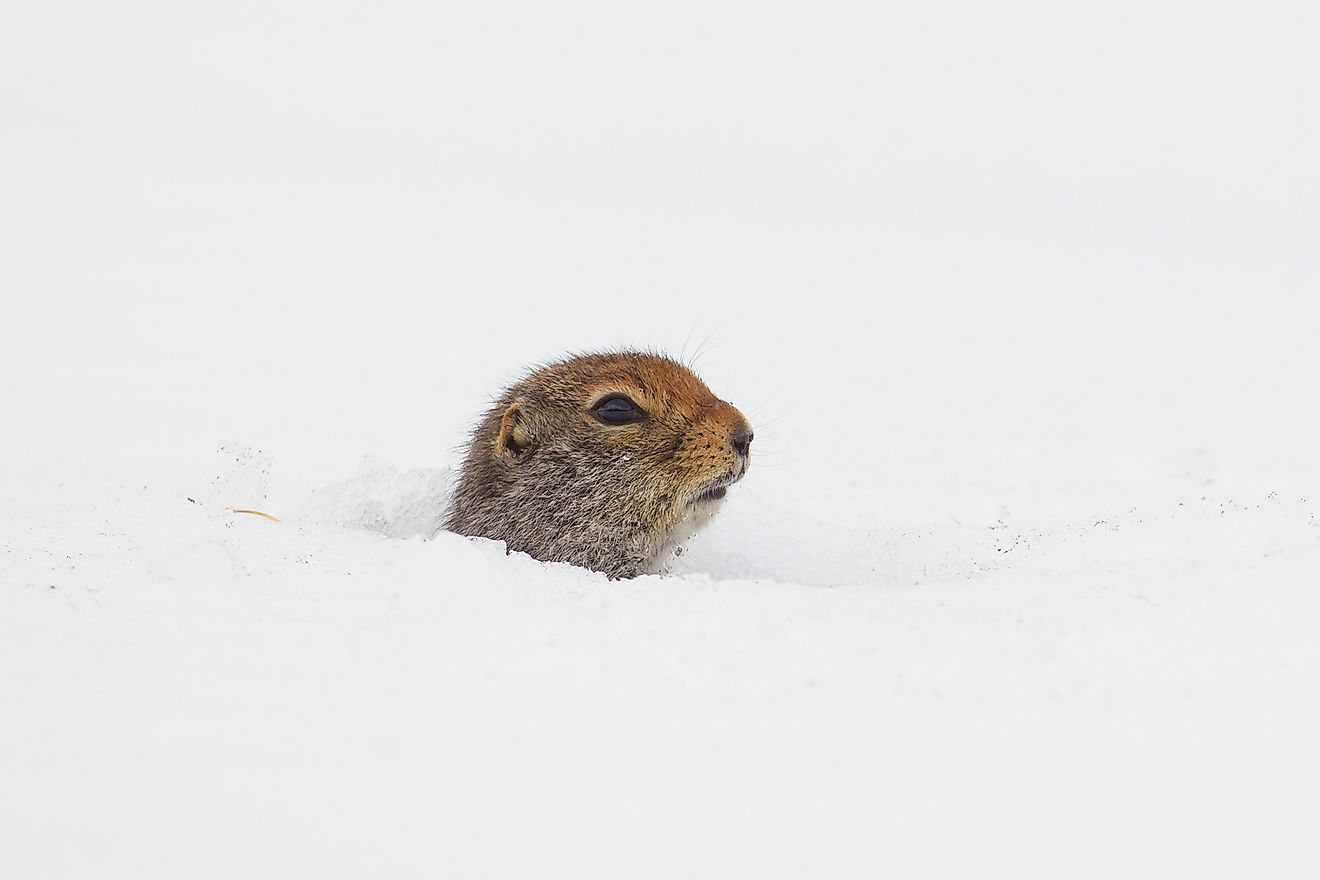
- Crocodiles estivate in warm weather.
- Some species are neither entirely warm-blooded nor cold-blooded.
- Insects are cold-blooded.
All animals are either warm-blooded, cold-blooded, or somewhere in between. A warm blooded animal, according to Merriam-Wesbter, is one that can maintain a relatively constant internally regulated body temperature that is independent from that of its surroundings.
An animal that is cold-blooded, in contrast, cannot regulate its internal temperature on its own, and maintains a body temperature that approximates its environment.
As a general rule, birds and mammals are warm-blooded, or endotherms. Most of us may simply think of fish when it comes to cold-blooded animals (ectotherms), but there are many more animals that fall into this category.
Here is a look at five animals you may be surprised to learn are actually cold-blooded, and cannot regulate their own body temperature all the time.
5. Crocodiles
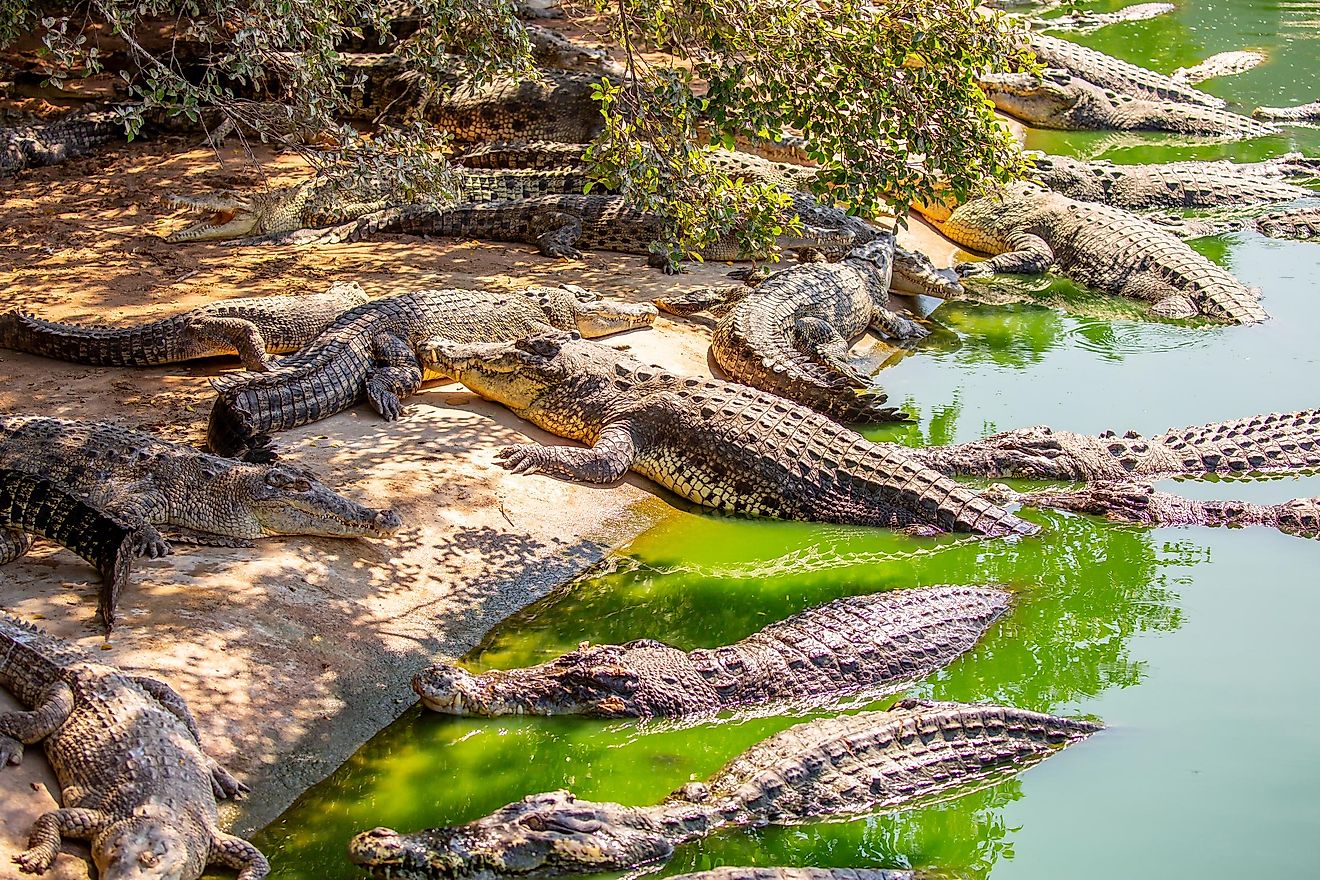
Crocodiles are so large and imposing it can be easy to forget they rely on their surroundings for warmth, and to cool down. Unless they are found in a zoo, they live in tropical climates in the Americas, Africa, Asia, and Australia where the glowing sunshine keeps them comfortably at ease. When temperatures grow too hot, the crocodile can slip into nearby water to cool off.
During dry seasons when it can get extremely hot and there is little water, crocodiles estivate. They also do this if temperatures dip too low. This means they go dormant for long periods of time. Crocodiles do this by digging a burrow into the side of a lake or river bank. The crocs then nestle in and go to sleep, sometimes for three or four months at a time.
4. Bees
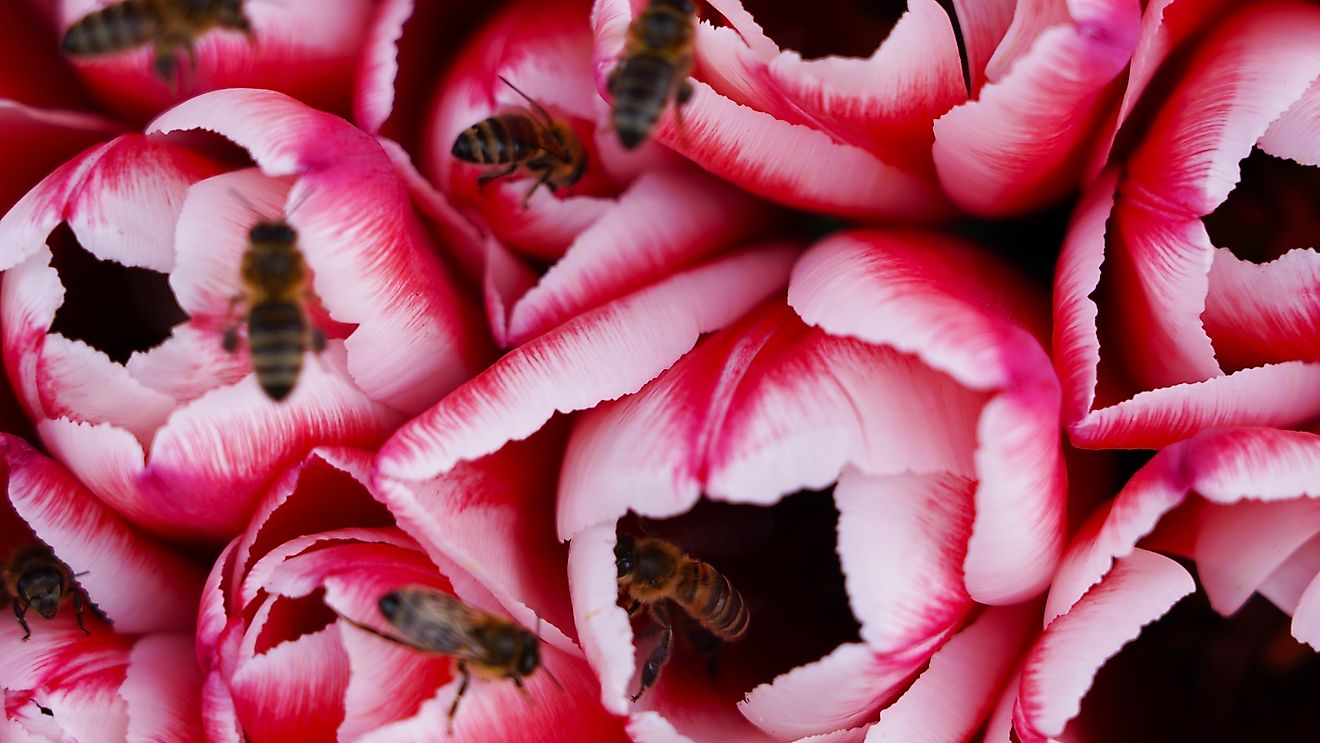
As with all insects, bees are cold-blooded. They fly around in spring and summer when temperatures are warm, and use their colony to warm up in winter, or go underground and inside structures.
Honeybees form a thermoregulating cluster inside their hives to survive cold winter months. Solitary bees move inside ceilings and basements to stay warm, and some even burrow underground and stay there for months at a time.
3. Spiders
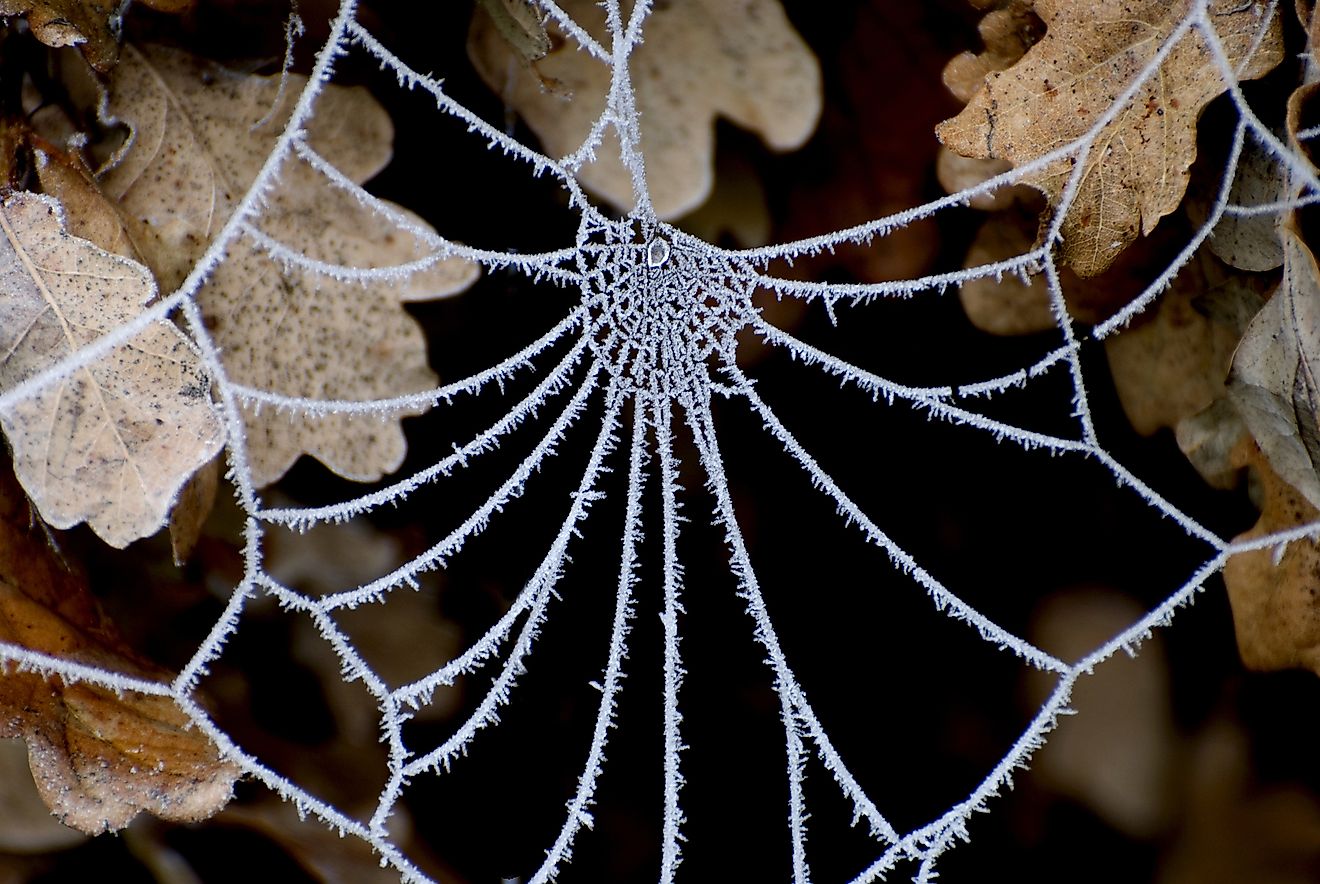
Spiders have a plethora of interesting properties, and one of them is the ability to survive cold temperatures even though they are cold-blooded creatures.
Contrary to popular belief, spiders do not come into your home in the winter to get out of the cold. The spiders you find in your home are indoor spiders that are able to survive without much water or food. Those outside would not be able to live in these conditions.
Outdoor spiders have been known to survive at about 23F and even lower, because of natural “antifreeze” they have in them. They stockpile glycol compounds in their bloodstream, which allow them to survive in moderately cold weather. When things get really chilly, however, outdoor spiders seek shelter in tree bark and other good hiding spaces in nature.
2. Arctic Ground Squirrel
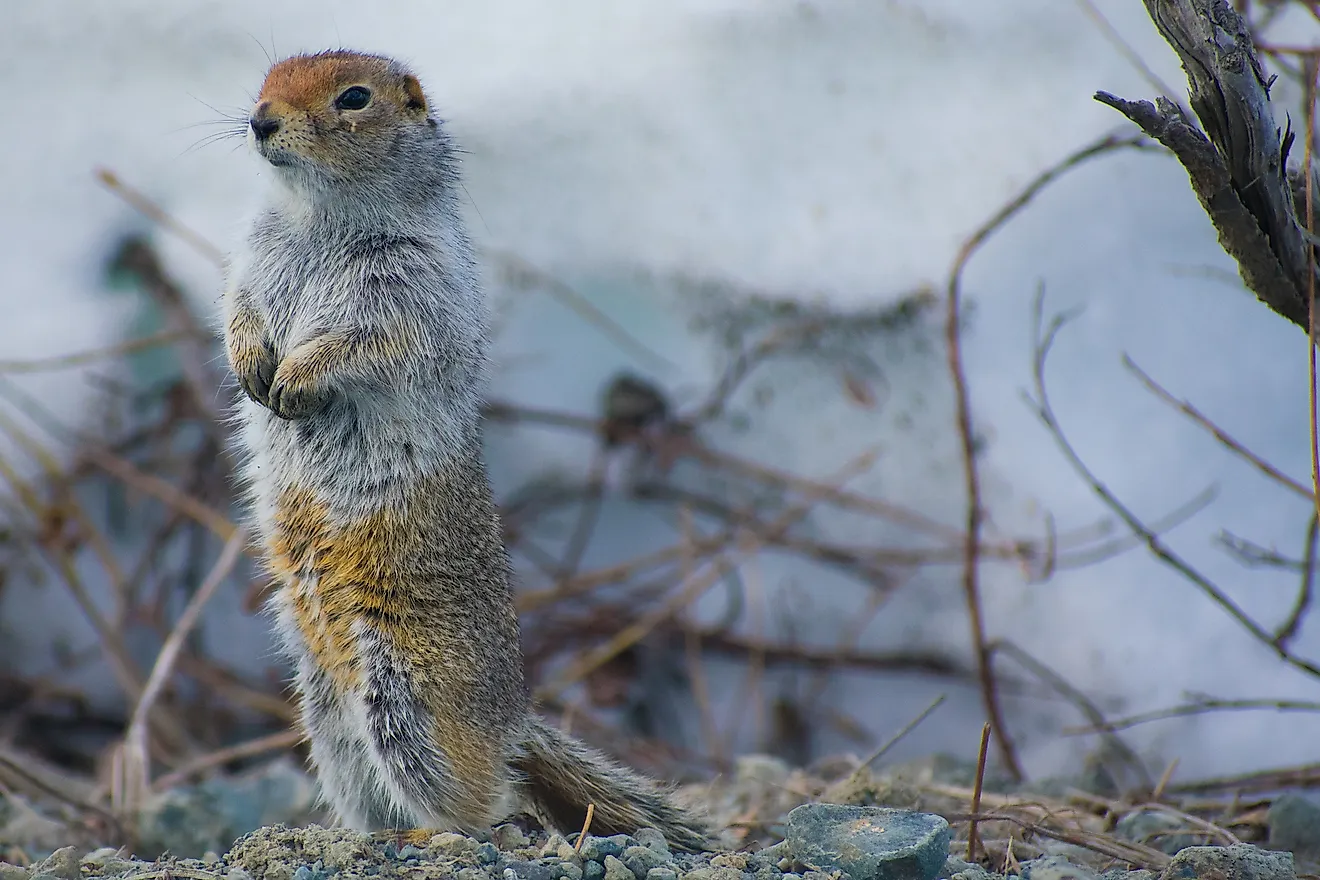
These last two entries in our list are unusual. The arctic ground squirrel and the madagascar pygmy mouse lemur are both mammals, and technically you may say they are warm blooded. As BBC.com states, however, this label does not really adequately describe what their bodies do in nature. They are both actually heterothermic, meaning that they waver between regulating their own body temperature (warm-blooded), and letting their environment do it for them (cold-blooded).
The arctic ground squirrel is not cold-blooded like a fish or reptile is but it can do interesting things. It lives in the tundra where it can grow quite cold, and it can “chill” itself considerably.
One study found this squirrel dropped its body temperature to 26.78F (-2.9C) during hibernation. Seeing as winters in the arctic can be extremely cold, being able to “cool down” this much likely helps the arctic ground squirrel slow its metabolism to survive the winter months. Is it cold-blooded? Yes, sometimes it certainly is.
1. Madagascar Pygmy Mouse Lemur
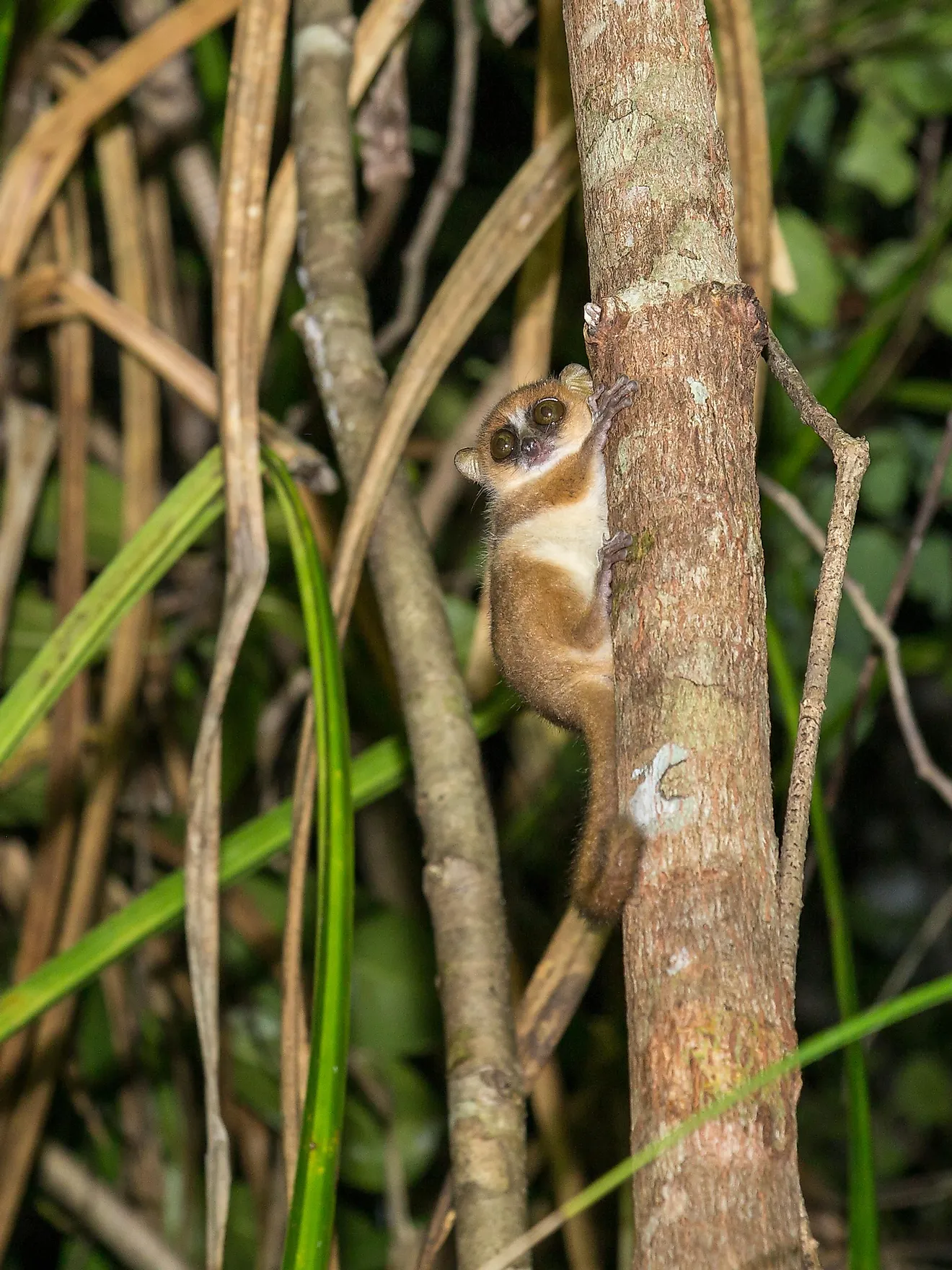
As stated above, technically this species is warm blooded, but not really. The madagascar pygmy mouse lemur behaves like a cold-blooded creature for a large portion of each day.
According to BBC.com, this small, big-eyed animal spends about ten hours every day in a state called “torpor”. When here, its body temperature drops below 44F (7C). This allows the Madagascar pygmy mouse lemur to save considerable energy, just like the arctic ground squirrel does. It is an adaptation of evolution that puts this species somewhere between being cold-blooded and warm-blooded, but not solidly in either group.











